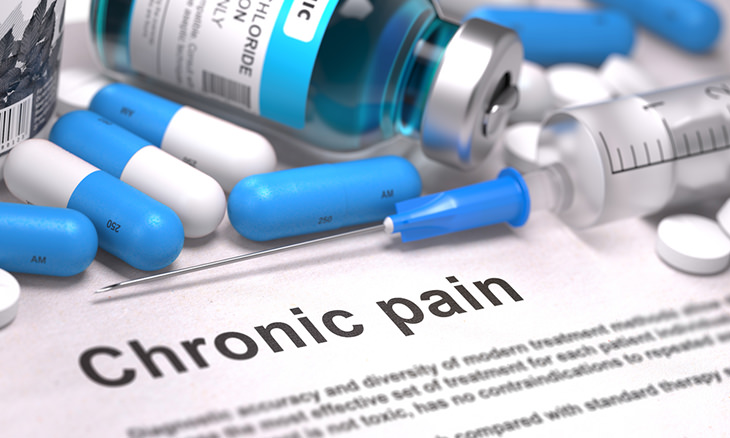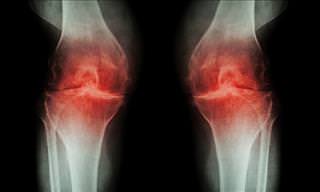1. Ask yourself what your triggers are
The first thing you should do is establish whether the pain you’re experiencing, if any, is coming from an obvious source. If you’ve sprained your neck in a car accident, for instance, then you know where the pain is coming from. If you have a sudden onset of pain, try to record what you were doing and what was happening when it occurred. It could be caused by something as simple as a shift in diet, a reduction in the amount of sleep you get, or the amount of stress you’re under.
2. Get diagnosed
Remember that pain is a symptom, not a diagnosis, so you should head to your doctor. He or she should have a good understanding of the underlying cause of your pain, and that’s because it’s difficult to prescribe the best treatment if a proper diagnosis isn’t made. If getting such a diagnosis proves more difficult than expected, then it’s on you to seek out a second opinion from another medical professional.
3. Know the difference between chronic and acute

Chronic pain is pain that you’ve been living with for a while, whereas acute pain is pain that comes on suddenly and begins to ease pretty soon after you start the healing process. Understanding the expected timeframe of the pain you’re experiencing, as well as what its treatment entails, are crucial to you getting better, and that’s because chronic and acute pain are managed very differently.
4. Have other medical conditions, if any, been considered?
Certain medicinal combinations simply don’t go well together in the human body and can create more trouble than they’re worth. This can include kidney or liver damage. In addition, certain drugs can be stronger or weaker than intended when combined with other drugs. Opioid pain medications, in particular, can be troublesome if mixed with another medication that happens to be processed in the same part of the liver. This could lead to the inconsistent performance of both drugs, as well as a buildup of the substances in the body.
5. Try non-opioid medications first
Although they’re quite commonly prescribed, opioid pain medications aren’t necessary to treat pain in any part of the body. Many times, both chronic and acute pain can be treated using methods such as physical therapy, analgesic balms, and over-the-counter anti-inflammatories. The latter include prescription-strength or oral steroids such as prednisone if the pain is severe.
6. Consider other options
Prescription medications shouldn’t always be the first course of action when it comes to treating pain. In fact, certain types of pain respond very well to over-the-counter medications, and you can also consider implementing lifestyle changes such as yoga, meditation, losing weight, exercising more, trying massage therapy, physical therapy and acupuncture.
7. Pain meds do go hand-in-hand with physical therapy
Prescription pain medications can help facilitate physical therapy and calm down any inflammation that arises as a result of it. Make sure that both your doctor and your physical therapist are on the same page in regard to your treatment. This will help to establish reachable expectations and ensure that the end result is in line with what both sides want.
8. Know the side effects
You should know that the side effects of prescription pain medications vary from person to person, as with almost any kind of medication. These include weight gain, fatigue, and nausea. Although most people only experience minor side effects, such as drowsiness, others can experience life-threatening ones. Discuss the side effects that you could potentially experience with your doctor so you’ll have a better idea of what you’re getting yourself into.
9. Know that addiction is a real issue
There are screening tools that doctors can use to assess the risk of addiction in a potential patient. The questioning in this regard will include whether you’ve struggled with alcohol, drugs or cigarettes during your lifetime. Despite it being a little embarrassing to do so, you absolutely must be frank if you either you or a family member had or has such issues. This will allow your doctor to determine the safest and most effective treatment for you.
10. Opioid withdrawal syndrome is a thing
If you get prescribed opioids, you’re at risk of experiencing opioid withdrawal syndrome. This depends on the length of your treatment and the dosage you’re prescribed, but symptoms can be as mild as flu-like, to severe nausea, vomiting, diarrhea, and general bodily aches and pains.
Content source
Images by Deposit Photos.
 Go to BabaMail
Go to BabaMail





























